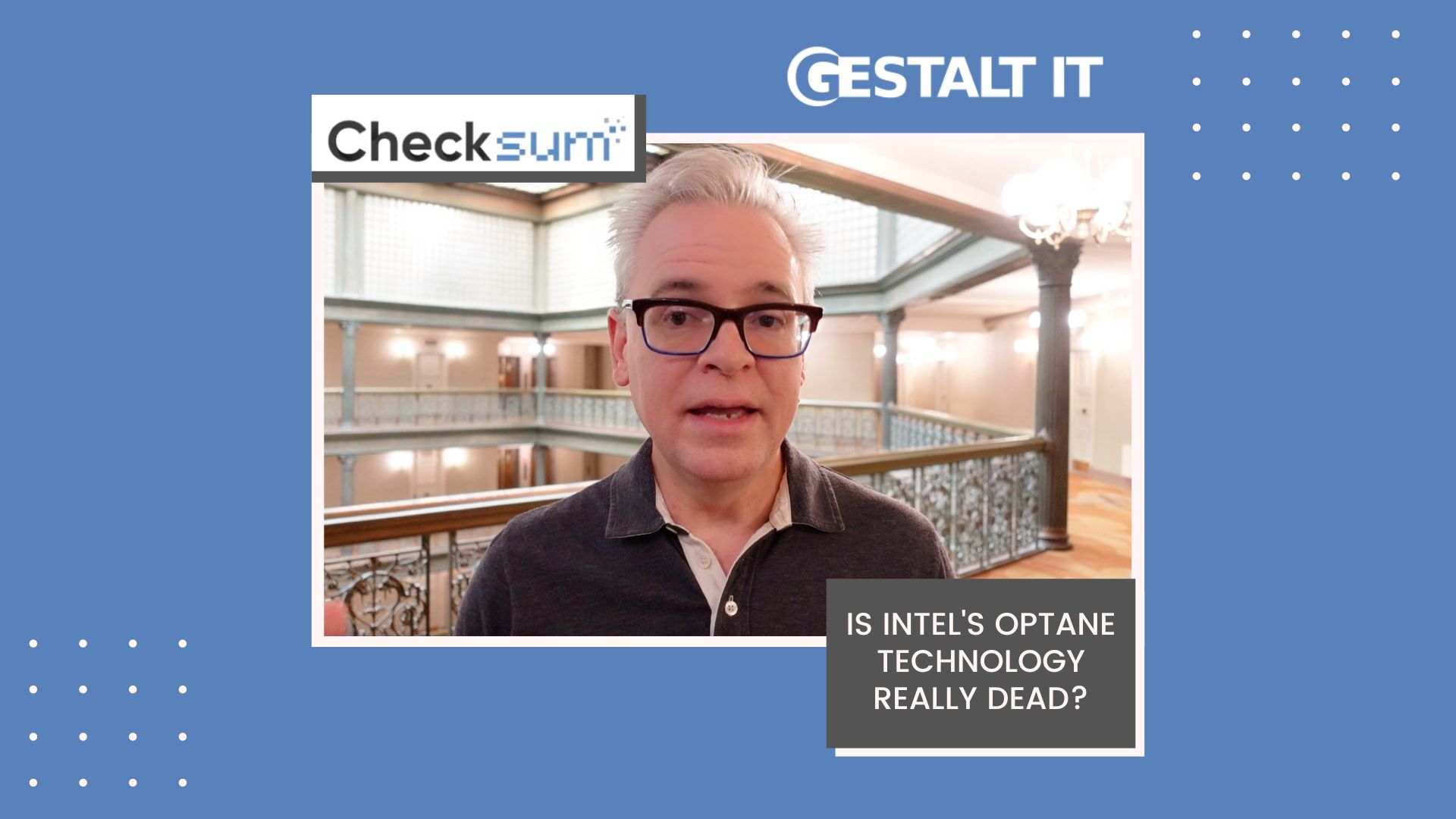The timing of the Consumer Electronics Show always seems kind of cruel to me. After the bacchanalia of consumerism that is Christmas, when all I want to do is revel in the newfound joy of a gifted piece of technology, CES serves as a reminder that what I have is already on it’s way to being obsolete. The event scabs over the bleeding edge fun I’ve just acquired, and leaves me feeling resentful. I’m sure from a marketing perspective this is entirely coincidental.
So I’m really glad this year that I did not indulge and get a new laptop. Just ahead of CES, Lenovo announced that they are refreshing their Thinkpad line. Ordinarily, a common refresh with slightly faster processors or a little more RAM isn’t much to get excited or upset about. But in the press release, Lenovo let slip a major announcement. These machines will be based on Intel’s Kaby Lake platform, but much more importantly, will use Intel’s Optane, which is their 3D XPoint NVRAM implementation.

3D XPoint anyone? Image Credit: Portal GDA
This is the first real implementation of this technology, especially on a consumer level. There’s no word on availability or price, but (spoiler) it’ll be expensive. Now as a budding technophile, the sheer fact that it’s completely new is enough to justify the cost. However, right now this appears to be a technology in search of a purpose.
I’m writing this on a new 2016 MacBook, which features a crazy fast NVMe drive. It basically laps every benchmark you throw at it. But compared to the 2015 MacBook I have at home, which has a more conventional SSD, the differences are marginal, and not really noticeable in daily use. Don’t get me wrong, I’ll always prefer faster, even when it’s not noticeable, but right now, it’s more about bragging rights than usability. Lenovo isn’t going to be using Optane for storage. Instead, they are offering a single Optane die on a M.2 2242 form factor to be used a system cache.
This might be that the actual software support for taking advantage of 3D XPoint is still rudimentary at this point. Or it may be that there are substantial performance benefits to using this as a cache instead of just using a standard NVMe SSD with NAND flash. More than likely, this is a stop gap to help get the technology on the market and create demand. Getting software support for this may be a chicken-and-egg problem, and Lenovo may just be trying to force the issue. Still, it seems like they’re using consumers to force the issue with developers.
We’ll see if any other OEMs will be offering Optane as an option as CES goes on this week. I could see HP and Dell both making similar announcements to at least one of their professional lines. Once these devices start actually shipping, I’ll be really interested to see the benchmarks.




